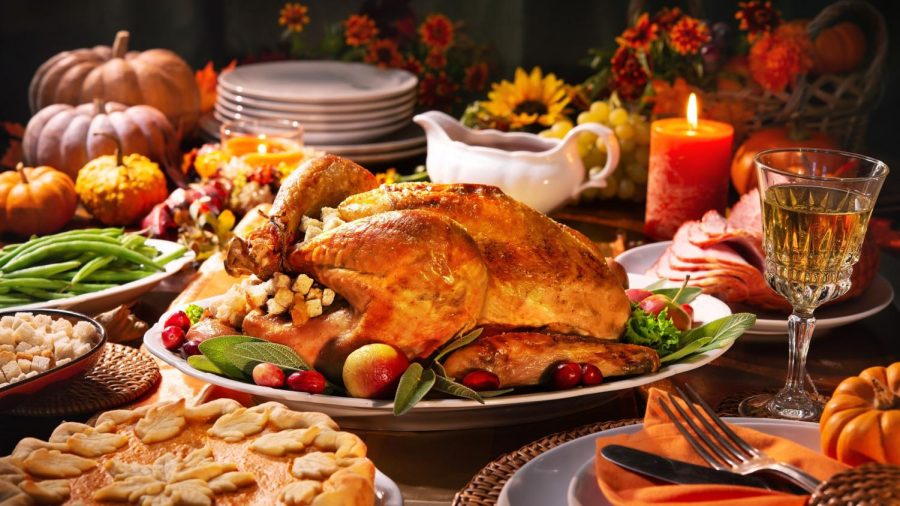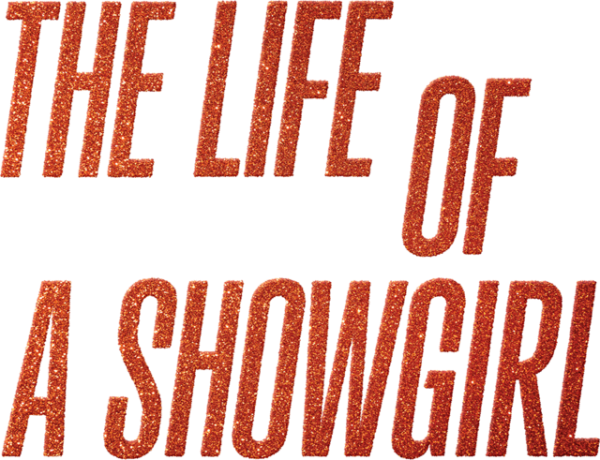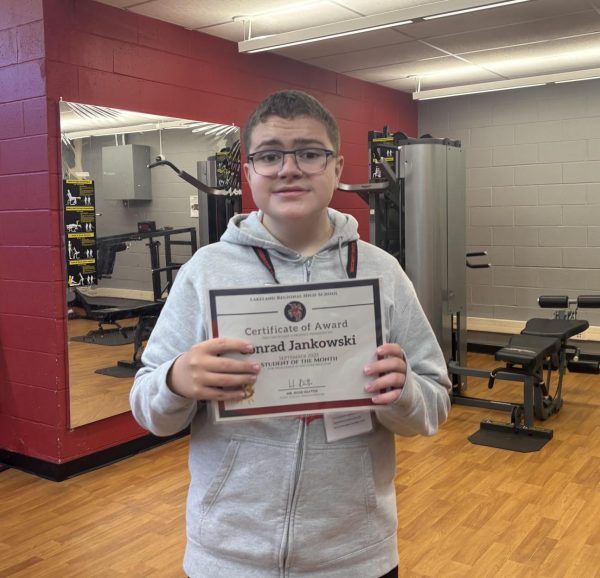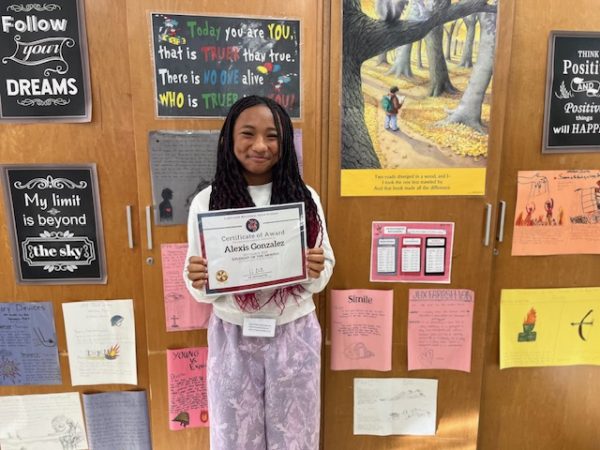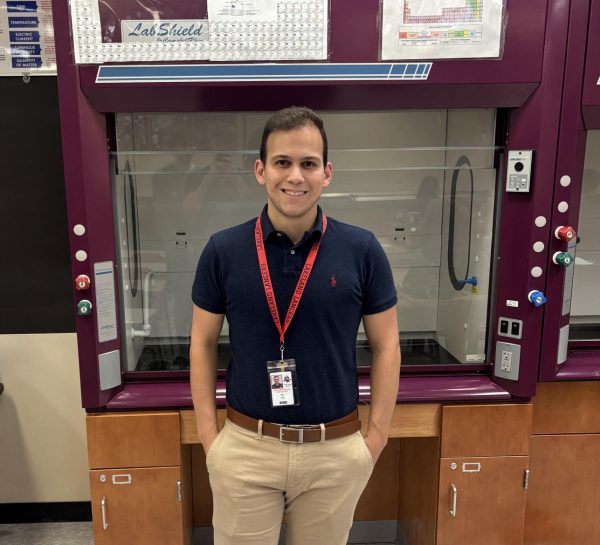The History Behind Our Beloved Thanksgiving Side Dishes
Image by Arbaz Khan from Pixabay
Ever wonder how each Thanksgiving food earned their dedicated spot on the table? Read below to learn about their unique histories!
Let’s be real: while the glorified image of Thanksgiving we all learned in elementary school of the Pilgrims and Native Americans gathering around a table enjoying turkey and pumpkin pie may feel heartwarming, we know this was not the whole truth. Seriously, did we all actually think pumpkin pie existed in 1621?
On the modern Thanksgiving day table, we already know what foods we can expect to see. From mashed potatoes to cranberry sauce, the spread of meals for the holiday has become quite defined and iconic. But have you ever wondered just where these foods come from, and how they ended up being a signature piece to Thanksgiving day? Read below to find out the history behind the foods we have all come to know and celebrate every Thanksgiving:
Turkey
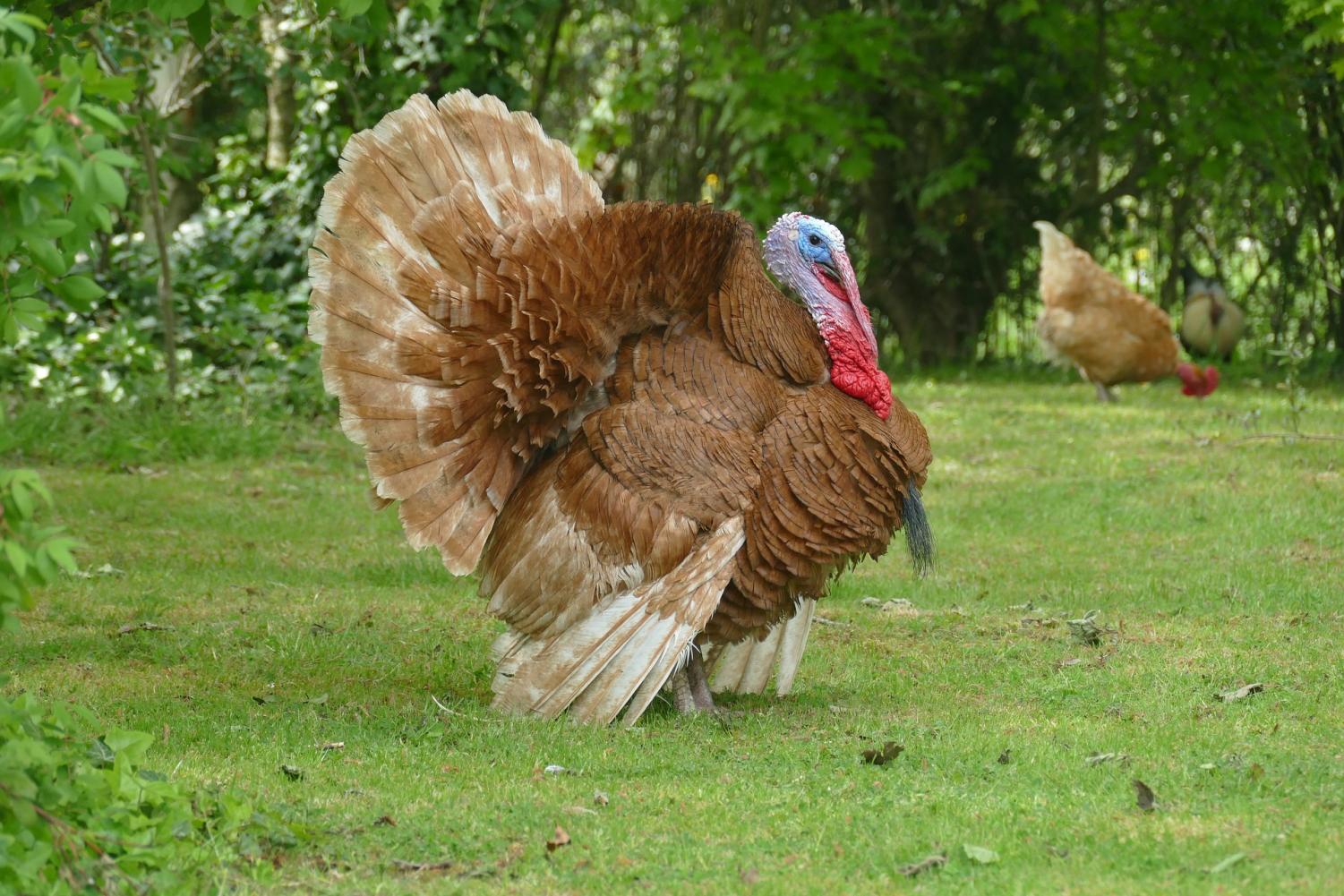
So how exactly did turkey get to be the centerpiece of the Thanksgiving table? While historians have found evidence to prove that the Pilgrims and the Wampanoag people did share a meal together in 1621, there is no proof that turkey was consumed. According to Britannica, the Wampanoag brought deer to the table while the Pilgrims brought “wild ‘fowl’’, which historians have come to believe consisted of ducks and geese.
It was not until the 19th century that turkey came to dominate the holiday. During this time, turkeys were immensely plentiful, with experts believing there to have been “10 million turkeys in America at the time of European contact.” However, author Sarah Josepha Hale’s novel Northwood is largely recognized as one of the key contributors to associating turkey with the holiday, dedicating an entire chapter to describing a New England Thanksgiving where turkey was “‘placed at the head of the table,”’ and her campaigning to make Thanksgiving a national holiday that brought the turkey into the limelight. And ironically, a Christmas movie is also credited for making turkey the main meal on Thanksgiving day. Charles Dickens’ A Christmas Carol helped to spark the idea that turkey would make a wonderful addition to a holiday meal.
Cranberry Sauce
Cranberries were actually a native food in the United States, so it is very possible that these berries were at the first Thanksgiving. However, the lack of sugar and “yet-to-be-discovered method of preparing cranberries” made cranberry sauce nonexistent at the first feast.
But it was not too long until cranberry sauce did come to exist; by the 17th century, boiling cranberries with sugar became quite popular. By the next century, the complementary pairing of cranberry sauce and turkey was discovered. And by 1800, cranberry sauce had become a necessity for the Thanksgiving table.
Pumpkin Pie
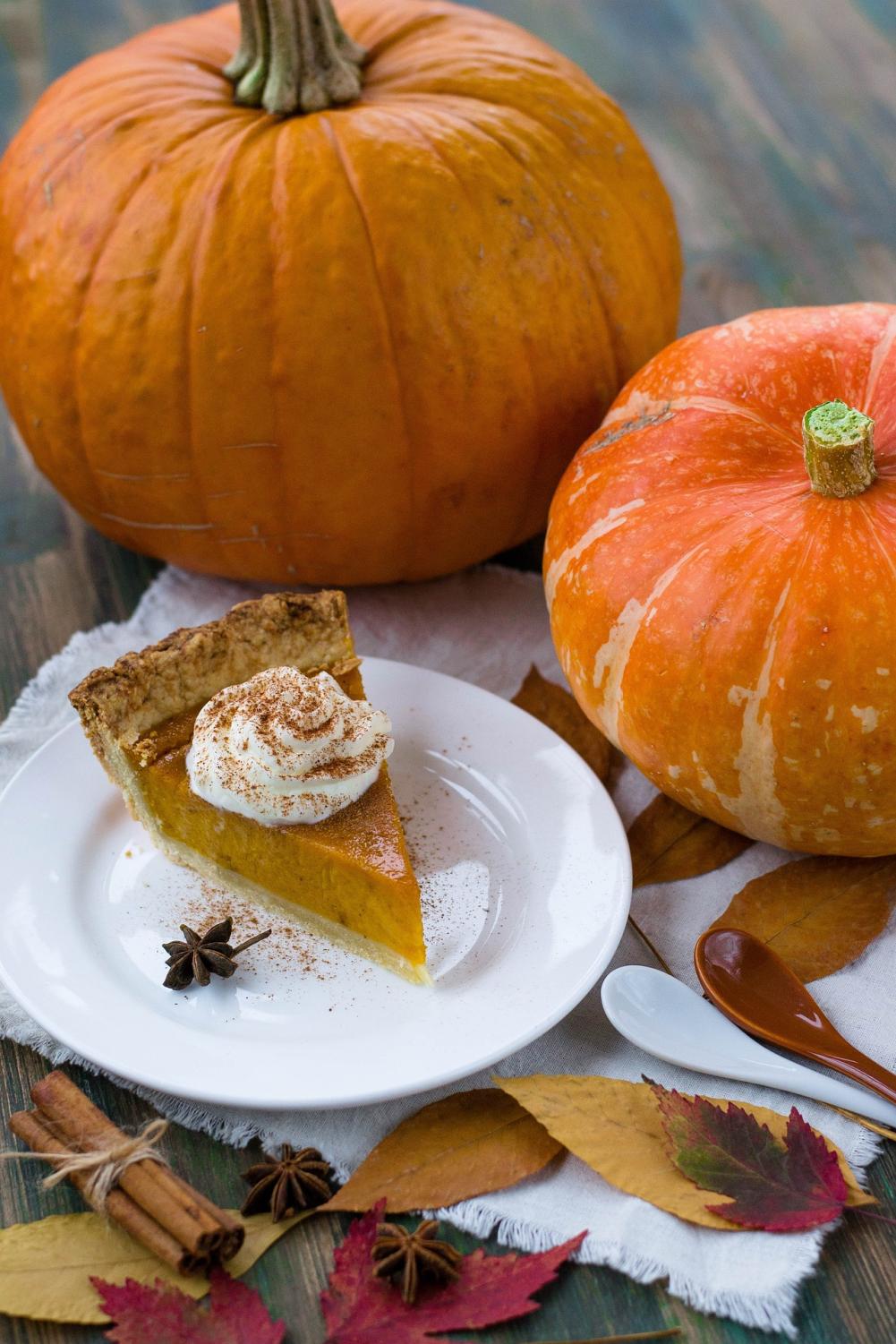
Spoiler alert: there was definitely no pumpkin pie at the first Thanksgiving. But there was some type of sweet pumpkin dessert. The company Tippin’s Pies dives more into detail, explaining how the first pumpkin pies were essentially crustless pumpkin custards: the settlers filled hollow pumpkins with milk, honey, and spices before roasting the squash. Later into the 1600’s, French chef Francois Pierre la Varenne created a recipe in his cookbook that was essentially this pumpkin mixture baked in a pastry shell. By the 1670’s, English cookbooks began to have recipes from “‘pumpion pies,”’ and they started to resemble what we know today as the pumpkin pie. And in 1796, Amelia Simmons’ American Cookery, by an American Orphan was the first American cookbook written and published in the nation, and it contained recipes for “pumpkin puddings baked in a crust.” And ever since then, pumpkin pie has come to be what we know it as today, and is always a familiar sight on the Thanksgiving dinner table.
Mashed Potatoes
And if there are no mashed potatoes on the table, is it really Thanksgiving? Actually it is, considering the first Thanksgiving definitely did not have potatoes of any kind. Potatoes were not cultivated in America during this time. So the way that mashed potatoes came to be a Thanksgiving feature lies again with the campaigns held by Sarah Josepha Hale. Hale spent a great deal of time advocating for the establishment of Thanksgiving as a national holiday, hoping it would bring a civil-war-teetering nation together. As part of her campaign, she spent much time writing compelling pieces of work that painted glorified images of what Thanksgiving could look like. She often edited Godey’s Lady’s Book, which often included “idealized Thanksgiving meals,” and among them was mashed potatoes.
Stuffing
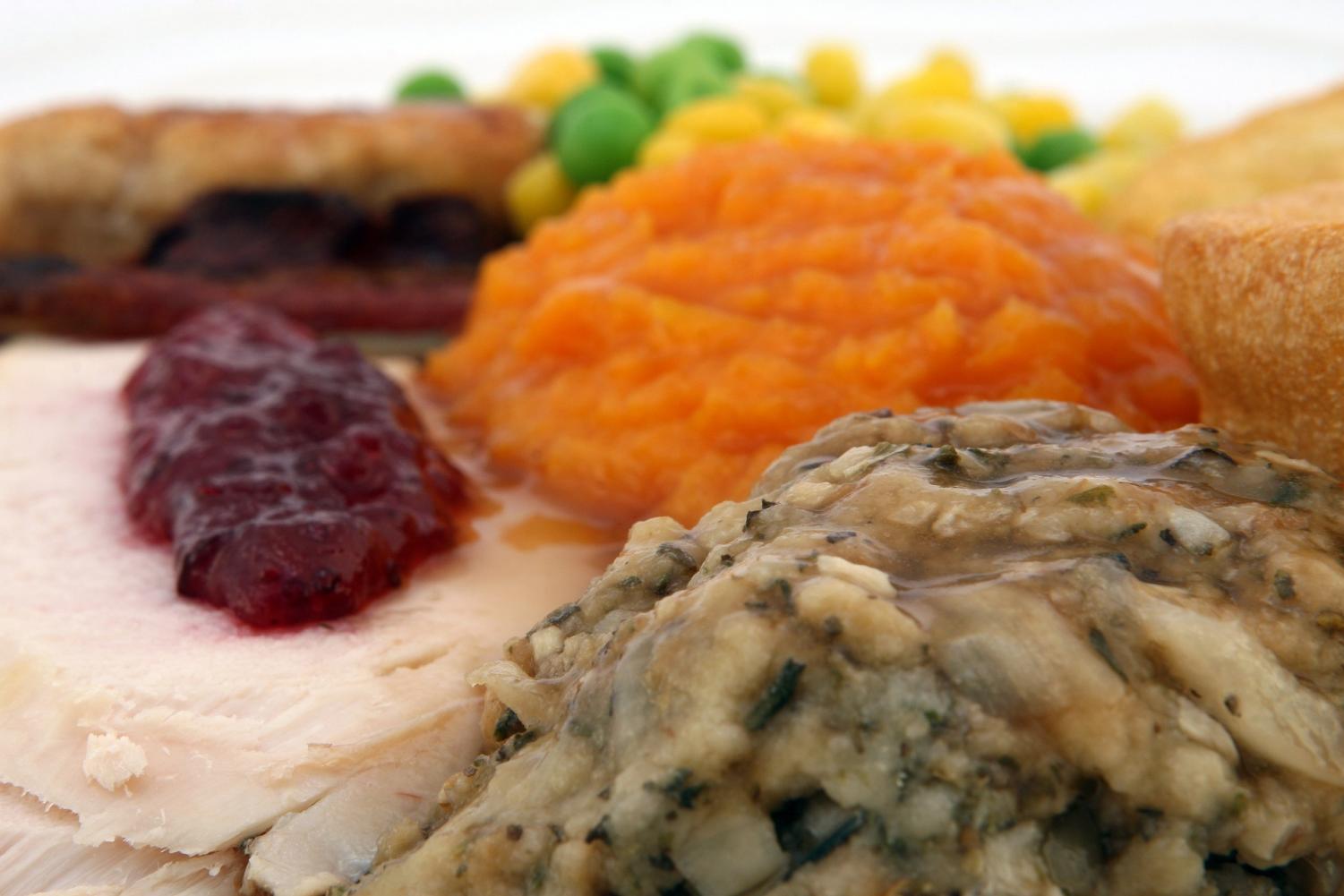
Since wheat flour was not accessible to the colonists, their stuffing was not made of bread like ours is today. The idea of stuffing actually stemmed from European settlers in North America. As Spoon University explains, in Europe, peacocks were considered a speciality among the aristocracy, and were often “prepared by stuffing the bird.” And since turkeys spread their feathers similar to how peacocks do, the settlers decided to stuff turkeys in the same manner. And since turkeys were cooked over spits during this time, cooking the stuffing inside the bird was much more convenient than cooking the mixture over a separate fire. So, what was the first stuffing? According to Mental Floss, the birds used at the first Thanksgiving were most likely stuffed with chestnuts, herbs, and chunks of onions.
Gravy
So now that we know how our beloved Thanksgiving dishes came about, where did the gravy that we smother all over these foods come from? Well, according to Smithsonian Magazine, it’s believed that whatever leftover from the birds’ remains were thrown into a pot and “boiled to make a broth for the next day.” Grains were then added to thicken the broth, forming a gravy.
Who would have thought that each Thanksgiving food favorite would have its own unique history? So when you are enjoying a slice of lucious pumpkin pie or steaming hot pile of fluffy mashed potatoes this upcoming Thanksgiving, you’ll have an extra fun story to tell your family members!

Morgan is a senior at Lakeland, and is beyond excited to be this year’s Editor-in-Chief for The Lancer Ledger. This is her fourth year writing for the...


